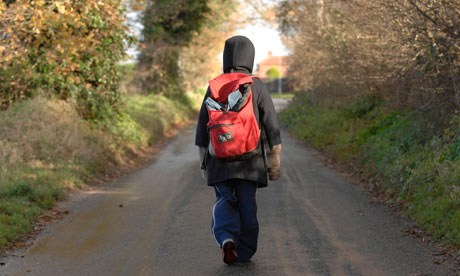Homelessness and houselessness
Many think that if you have a roof over your head –
housed that is (shelter, rooming house, somebody’s couch) then you are
homeless. They think you are homeless
only if you live outside, on the streets.
They are wrong.
The old saying, “home is where the heart is” is quite
valid and true. Just because a homeless
person is in shelter or sleeping on a friend’s couch, or living in a cheap
motel, doesn’t mean he or she is not still homeless.
There are homeless veterans and houseless veterans,
two different levels of homeless, but don’t say that someone housed cannot be
homeless. The houseless veteran is one
that sleeps in a doorway or back alley or along some creek bank somewhere. The homeless veteran covers that and also
the housed that cannot make a home out of their accomidations.
From
Wikipedia: The U.S. Department of Housing and Urban
Development (HUD) defines the term “homeless” or “homeless individual or
homeless person” as — (1) an individual who lacks a fixed, regular, and
adequate nighttime residence; and (2) an individual who has a primary nighttime
residence that is: A) supervised publicly or privately operated shelter
designed to provide temporary living accommodations (including welfare hotels,
congregate shelters, and transitional housing for the mentally ill); B) an
institution that provides a temporary residence for individuals intended to be
institutionalized; or C) a public or private place not designed for, or
ordinarily used as, a regular sleeping accommodations for human beings.
Definition 1) covers the unhoused homeless and 2)
covers the housed homeless. There are
others, including those living in cars, campers, paid motel rooms/flop houses,
rooming houses, bus terminals, transit cars, and couch surfing that kind of
blur whether they are covered at all or included in C).
Most homeless census counts do not count the homeless
that are able to score time in a motel or hotel as homeless, although usually
they get that brief stay for only a few days or a week. Most homeless census counts also do not count
homeless in transit (those at bus or train stations or actually in transit),
even though some live in the metro transit systems for years. The result is an undercount.

References.-
- Olltimerspeaksout (2007) Houseless and Homeless Same? Not exactly. https://oldtimer.wordpress.com/2007/05/21/houseless-and-homeless-not-same-thing/







